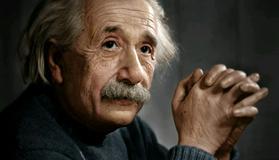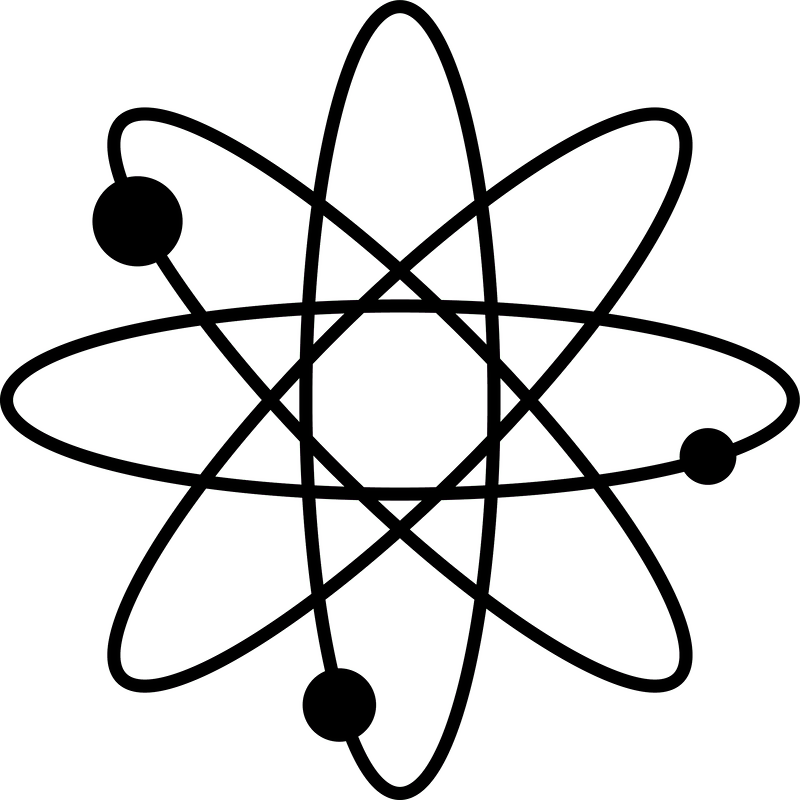Brain Teaser: Brownian Motion
脑筋急转弯:布朗运动
When Einstein wrote his famous article onBrownian motion in 1905, there were two main schools of thought about heat:thermodynamics (that only used macroscopic, observable quantities such astemperature or pressure) and the kinetic molecular theory of heat (this theoryexplained the macroscopic quantities of thermodynamics as the statisticalconsequence of the motion of molecules). The two theories seemed to make thesame predictions, and because before 1905 there was no strong empiricalevidence for the existence of molecules, the difference between the theorieswas mainly philosophical.
当爱因斯坦写下了他在1905布朗运动的著名文章,有想过换两大主要流派:热力学(只有宏观的,观察到的数量,如温度或压力)和分子运动理论(该理论解释了热的热力学宏观量作为分子运动的统计结果)。这两种理论似乎作出了同样的预测,因为在1905以前没有强有力的经验证据来证明分子的存在,理论上的差异主要是哲学上的差异
Einstein's article was immediately seen asproviding the first empirical grounds for accepting the existence of molecules.But how could the existence of molecules be inferred from the phenomenon of Brownianmotion? We have not discussed this in detail, but try to make an educated guessin the forum discussion below. If you want, you can also have a look atEinstein's paper on Brownian motion, available here.
爱因斯坦的文章立即被认为是接受分子存在的第一个经验依据。但是如何从布朗运动现象中推断出分子的存在呢?我们还没有详细讨论过这个问题,但试着在下面的论坛讨论中做出有根据的猜测。如果你愿意,你也可以看看爱因斯坦关于布朗运动的论文。



